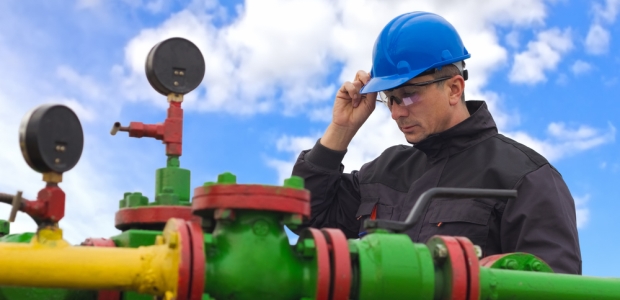
Employers and workers need to pay special attention to minimum recommended safety requirements of approved standards and safe working procedures.
The event takes place Oct. 30-31, 2017, at the Tampa Marriott Waterside Hotel and Marina in Tampa, Fla, and features sessions in four tracks: Enterprise Risk Management and Risk Assessment, Emergency Response and Preparedness, Management and Leadership, and Emerging Issues and International.
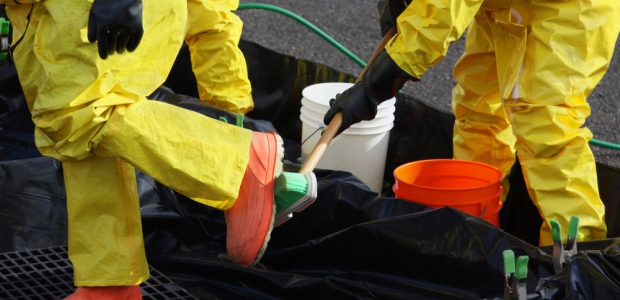
They can quickly retrieve important information about chemicals' health effects while in the field, explains Naomi Hudson, DrPH, MPH, a health scientist in NIOSH's Education and Information Division.

"The use of HEPA, as well as activated carbon filters does not solve the problem of air pollutants formed during 3D printing and there is the need for a new filtration system," the authors wrote. "Photocatalytic filters are one of possible solutions."
The scholarship winners will be recognized June 7 during the Mark of Excellence Breakfast at the American Industrial Hygiene Conference and Exposition (AIHce EXP) in Seattle.
The association's The Synergist magazine explores PPE practices for the young industry.
OSHA issued it Jan. 6, 2017, aiming to reduce an estimated 62,000 workers' exposure to beryllium -- exposures that can cause lung diseases -- and setting it to take effect in 60 days. But the effective date was delayed.
"We are extremely pleased to have Andreas join CINT as center director and in the Experimental Physical Sciences Directorate at Los Alamos as group leader of the CINT technical organization. He brings a wealth of scientific and leadership experience to his role, and we look forward to having him on board," said Mary Hockaday, associate director of Experimental Physical Sciences.
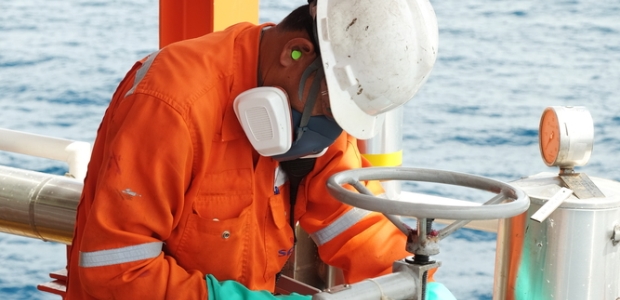
Monitoring gas and vapor hazards is necessary to ensure workers' health and to see that the working environment is healthy.

The year's biggest U.S industrial hygiene show, AIHce EXP docks in the Emerald City next month.
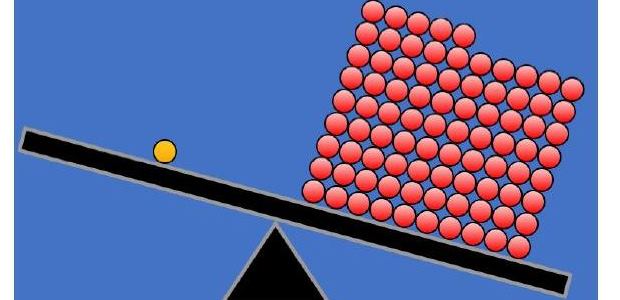
Exposure limits are absent for thousands of chemicals, creating a need for guidance that occupational exposure banding can help to fill, according to the authors of a new guidance document.
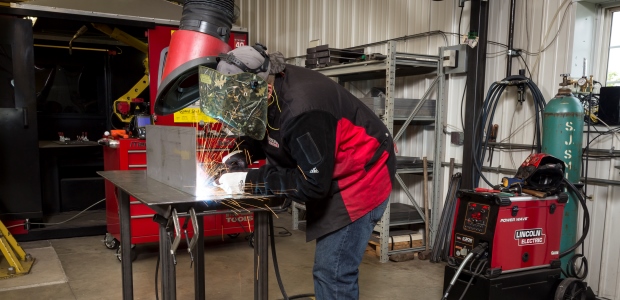
For as much as you might be tempted to cut costs, filter replacement isn't a good place to do it. Not all replacement filters are alike, even if they are specifically designed to fit your system.
The William Steiger Memorial Award winner is U.S. Sen. Sherrod Brown, D-Ohio, who has led his colleagues in pushing for full funding for OSHA and has supported legislation to expand the number of workers OSHA covers and update its enforcement measures, as well as securing $110 million in federal resources for Cincinnati's NIOSH campus, according to ACGIH.
The new members will be inducted June 7 at the Annual Business Meeting during the 2017 AIHce EXP.
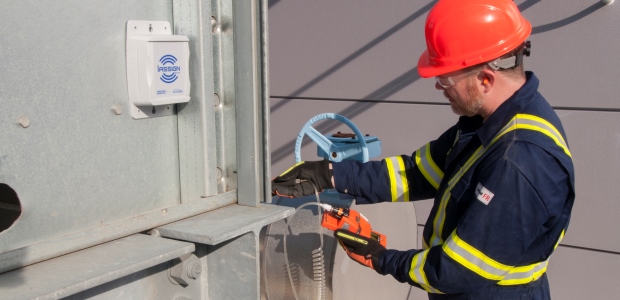
How can you proactively fix a problem when you don't know where it occurred?
The NIOSH advisory board will meet in Naperville, Ill.
The review will focus whether or not staff that used the hoses could have been exposed to chemical compounds from the hoses themselves.
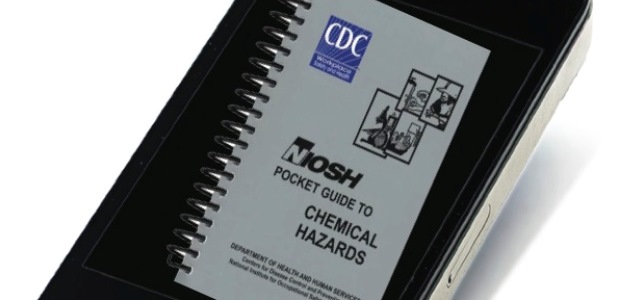
The 28 Member States now must enact the laws, regulations, and administrative provisions needed to comply by Aug. 21, 2018. The list includes carbon monoxide, sulfur dioxide, hydrogen cyanide, manganese, and diacetyl, and 26 other chemicals.
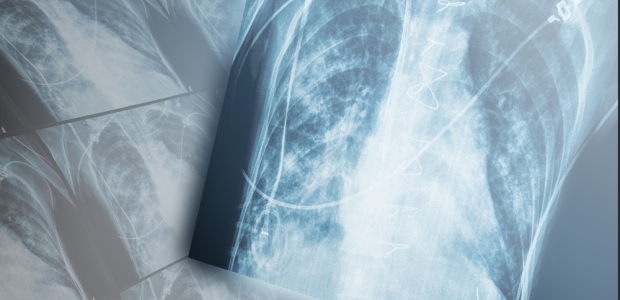
The agency recommends a recommended exposure limit of 5 ppb for diacetyl as a time-weighted average for up to 8 hours/day during a 40-hour work week and a short-term exposure limit of 25 parts per billion for a 15-minute time period.
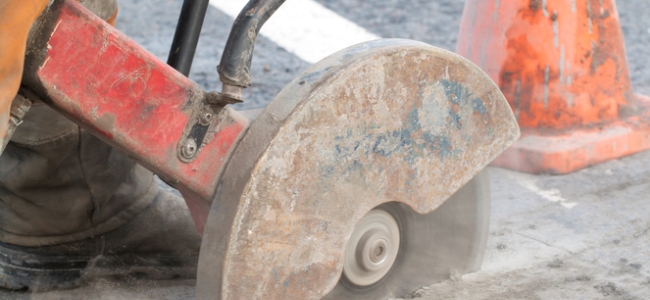
The more information you have about your own organization and workforce, the better the insight into how to reduce hazards to an acceptable level.